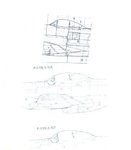Readie
Chief Master Sergeant
Okay, I'll bite for fun.
a. British idea. I believe the Brits just wanted P-40s. It was NA engineers that said they could provide a better plane. The Brits only said okay.
b. British money, British engine, British canopy and British drop tanks. It not the ingredients that make the cake good, it the mixing. The Brits had the money, the engine, the canopy and the drop tanks, but, they could make no Mustang!
Me too...just for fun.
'The Brits had the money, the engine but, they could make no Mustang'
We didn't need too...we had our wonderful Spitfire.
The PR version could fly to Berlin and back.
John

